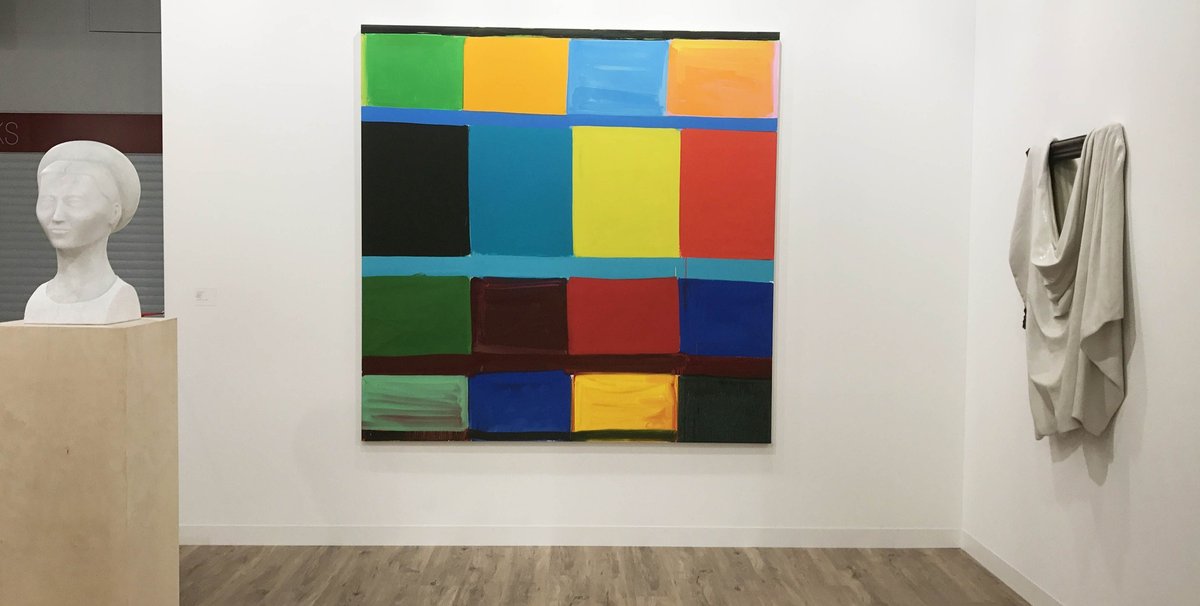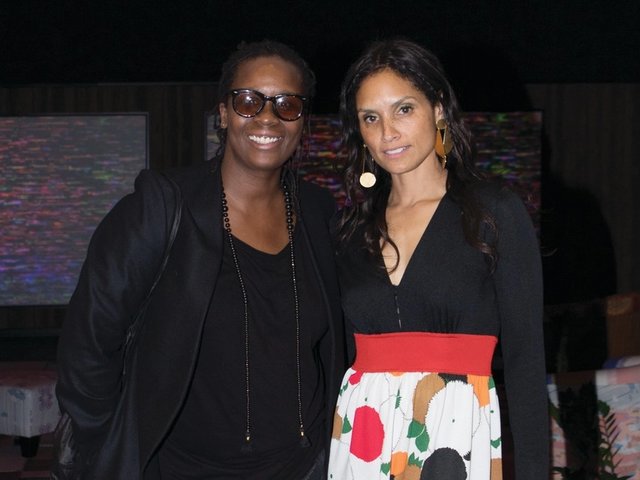Art Basel and Documenta 14 are opposites: one embodies the art market while the other eschews it. The quinquennial, which opened its first leg in Athens in April (until 16 July) and its second in the German city of Kassel last week (until 17 September), is funded largely by the German taxpayer. This year’s highly political edition, in particular, appears to be keeping the market at arm’s length: Adam Szymczyk, the show’s artistic director, has called for artistic production to be valued as more than the “currency of the art market” and has avoided household names in favour of lesser-known artists with limited gallery representation.
But Documenta is still a commercial opportunity. Almost all the galleries that have artists participating in Documenta have brought work by those same artists to Art Basel, which opens to VIPs today. They include Gagosian Gallery, which has brought marble pieces by Douglas Gordon; Lisson Gallery, which is showing works by Stanley Whitney and Susan Hiller (including one in Unlimited); and Hauser & Wirth, which has brought several collages by the most recent addition to its roster, the 91-year-old Romanian artist Geta Bratescu, whose profile is skyrocketing thanks partly to presentations at Documenta 14 and the Venice Biennale as well as a solo show at London’s Camden Arts Centre (until 18 June).
“The visibility you get through Documenta, you can’t get anywhere else,” says Sven Christian Schuch of Galerie Sfeir-Semler, which is showing collages by the Lebanese-Dutch artist Mounira Al Solh at Art Basel. But a “quick sell” is not what the gallery is expecting, he says. Instead, he hopes that the institutional attention generated by Documenta could help to secure a possible future solo show for Al Solh. But the artist’s “moderate prices” can make this fair strategy a risk. “Every centimetre on the walls is very expensive,” Schuch says.
Documenta 14’s emphasis on overlooked and marginalised artists is spilling over to the market. Over at Liste, Art Basel’s satellite fair, the Dubai-based Grey Noise gallery is showing work by the Documenta 14 participant Lala Rukh. The 69-year-old Pakistani artist is a pioneer of South Asian Minimalism, an area that is garnering more attention. Umer Butt, the gallery’s director, says: “People are getting really conscious of the forgotten chapters of art history and bringing them on to these big platforms.”
Some artists find the transition to the commercial sector problematic. Hans Haacke, one of the better-known artists in this year’s Documenta, “does not like his works [to be shown] at fairs, so we do not bring his works to Basel”, says Lucas Cooper of Paula Cooper Gallery. The US artist Pope.L, whose sound works are dotted around Athens and Kassel, says it took him a while to “get comfortable with art fairs and for them to get comfortable with me”.
Often, the challenge comes from having to produce works in a collectable form. Pope.L, who is best known for his performances, says: “Sometimes I make paintings, so that works, but I am also sometimes told that they don’t have ‘wall power’, whatever that is”. (Mitchell-Innes & Nash has brought five of his works to the fair this year.)
Asked at the press conference for Documenta 14 in Kassel last week whether works in his show will have anything in common with those at Art Basel, Szymczyk replied jovially: “I hope a lot.”




